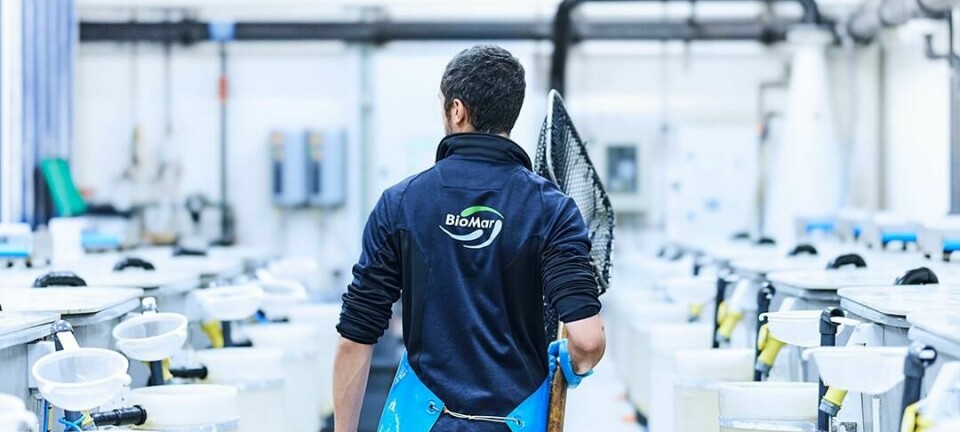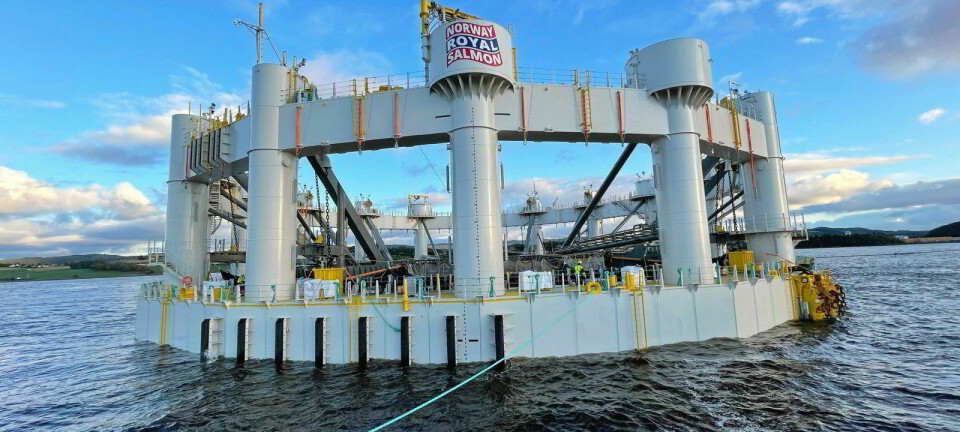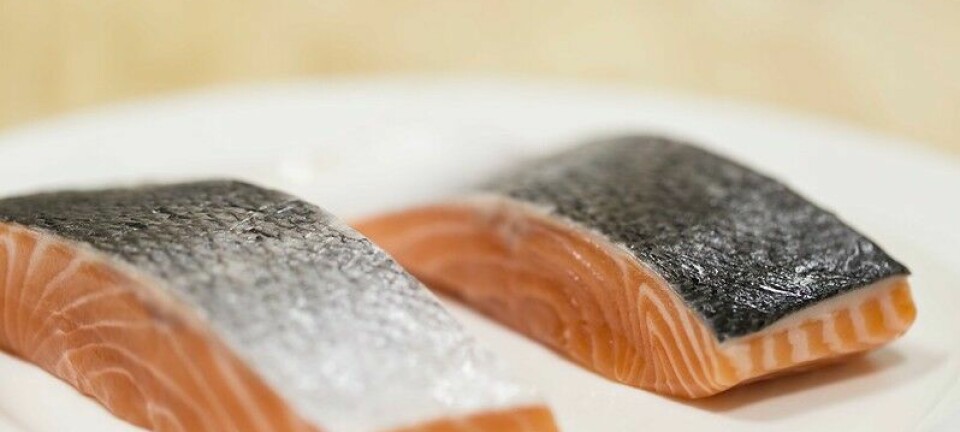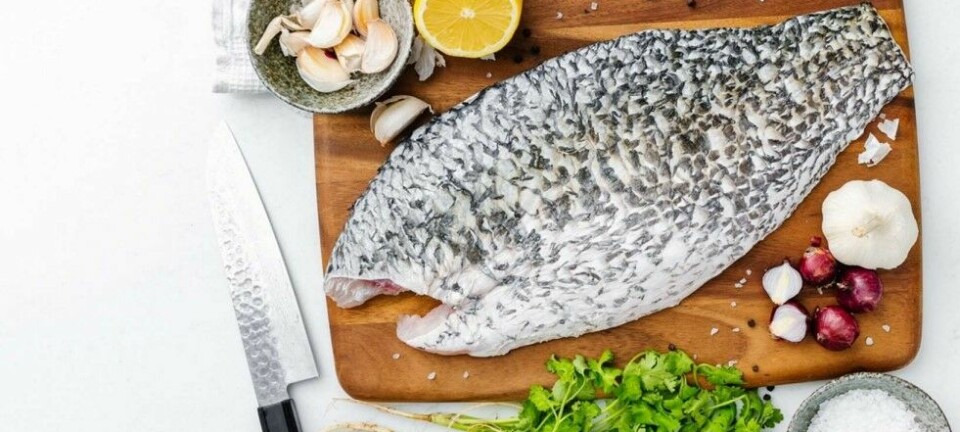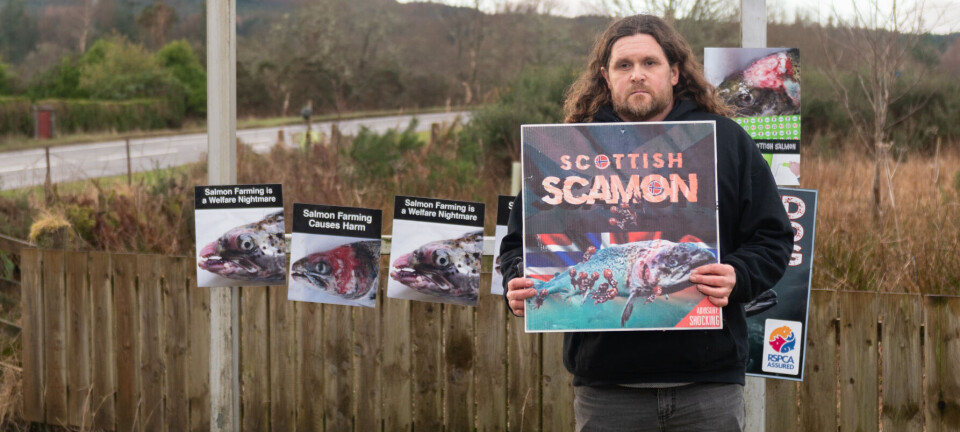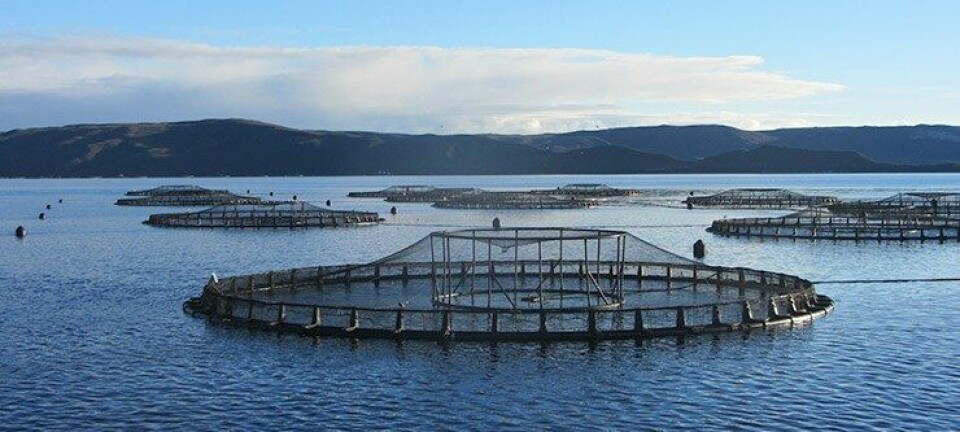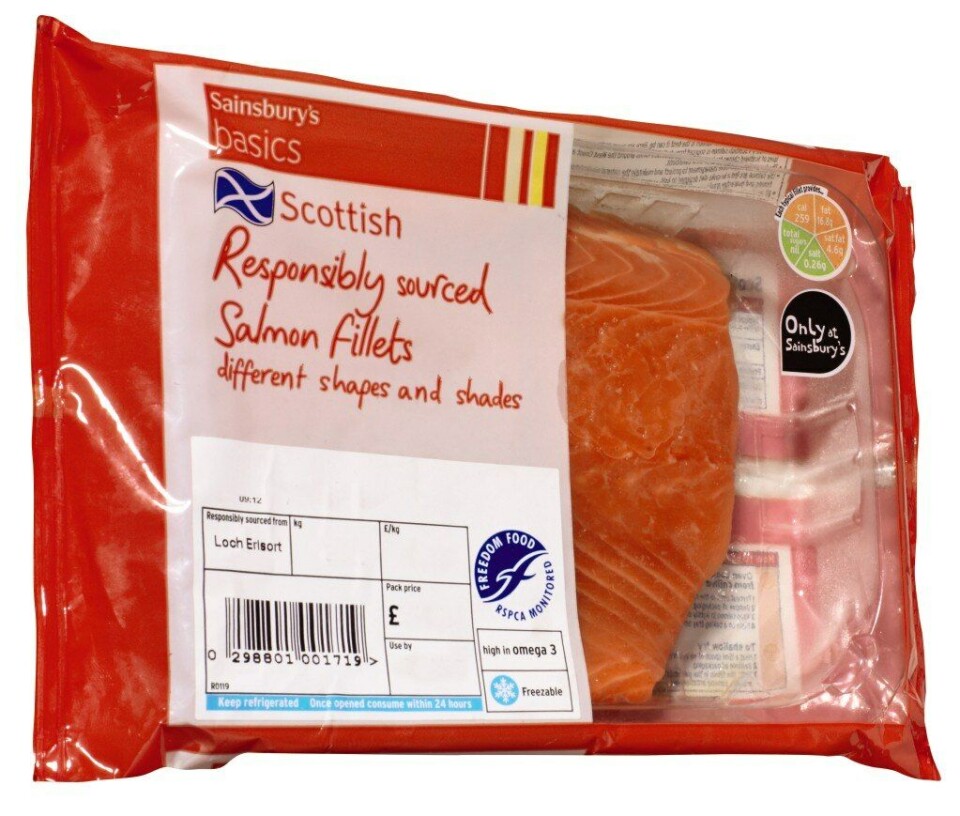
Farmed fish use less wild fish
Environmental groups have long argued against the farming of carnivorous species of fish like salmon due to the fact that the production of these species produce less fish than it consumes. Many of the same groups recommend that consumers should instead eat wild or ranched salmon from Alaska. It turns out that these fish need ten times their own weight in wild fish resources to grow to a certain size. This information is not new, but it would be safe to say that these facts are not generally considered in the debate over the appropriateness of salmon farming.
The Monterey Bay Aquarium has made much fuss about its seafood purchasing guide, where farmed salmon is one of the red-listed species that they encourage people not to buy, for reasons that include the fact that it takes more than one kilo of wild fish to produce a kilo of farmed fish. But it lists as a recommended “green” choice the consumption of Alaskan salmon that consumes far more marine protein to produce the same amount of edible fish.
The Aquarium of the Pacific in Long Beach, California seems to have taken a more realistic view of the wild/farmed fish debate, and a recent blog posting at Seafood for the Future explains this controversial issue- here are some exerpts;
One of the most persistent pieces of misinformation regarding aquaculture is that fish farming is less efficient than traditional fishing. Many intelligent folks have been duped by the pervasive rhetoric. A letter written by Martha Smith, director of the Center for Coastal and Watershed Systems at Yale University, was recently published in the Yale Daily News. She writes, “It is estimated that it takes, by weight, between two to five pounds of wild fish to produce one pound of farmed fish. If you do the math, this isn’t sustainable.”
Below, we describe how aquaculture can be used as a powerful tool in the conservation of marine resources. But why is the myth so persistent? First, people forget their basic biology. Second, ever since Atlantic salmon were fished to commercial extinction, only farms are able to produce Atlantic salmon. The year-round availability of Atlantic salmon devalues wild-caught Pacific species, and the fishing industry has pushed back. We believe there has to be room for aquaculture as well as wild fisheries. After all, Pink and Chum salmon start off in an aquaculture facility more often than not, even if Alaskan fishermen bring them in.
Here is the math to which Martha Smith refers:
The average transfer efficiency between trophic levels in nature is 10%. That is, to produce fish in the wild, it takes 10 lbs. of wild fish to produce 1 lb. of wild carnivorous fish (1/10 = 10%). This canonical estimate for trophic transfer efficiency (TE) can be found in studies conducted by fisheries scientists. Daniel Pauley, for example, notes that the average TE of 48 ecological studies he reviewed is about 10%.1 The first appearance of this estimate, which also applies to terrestrial ecosystems, was in Slobodkin’s review of ecological laboratory and field experiments.2
According to the Pew Oceans Commission report entitled Marine Aquaculture in the United States, available from the Pew site here, it takes 4.13 lbs. of wild fish to make 1 lb. of farmed marine fish. This is a feed conversion efficiency of 1/4.13 = 24.2%. So, how is it possible that fish farming is more than twice as efficient as nature?
Pelleted diets have a nutritional profile designed for a given species. Cultured fish do not spend energy hunting for food. Feed pellets are bite-sized to minimize waste in feeding. Modern fish farms often have feed conversion efficiencies in the range of 60%. However, even greater efficiencies can be gained by farming higher trophic level carnivores. This is because each trophic level in the wild reduces efficiency. On a farm, these trophic levels can be skipped over when bait fish are used to feed tertiary consumers. This can be seen in Pauley’s summary of Iverson’s equations on trophic transfer efficiency.1
Fish production = (1° Productivity) x (Transfer Efficiency) Trophic Level
Here, we can see that regardless of the estimates of transfer efficiency, fish production increases exponentially when high order consumers are farmed using lower level baitfish. Using the Pew estimate, we see that it takes only 41.3 lbs. of wild fish to create a 10 lb. of third-order carnivorous fish, whereas it takes 1000 lbs. of wild fish to produce one in nature. The implication is that the judicious use of baitfish in farmed fish feeds is a far more sustainable way to produce seafood than the harvest of high-value marine fish from already declining fisheries.
This does not take into account the amount of bycatch in wild fisheries, non-target fish that are thrown over the side dead or dying. Nor does it account for the practice of high-grading, discarding smaller individuals of the target species so that the boat can return with only the largest, most valuable fish. Together, these practices raise the cost of fishing to 1 million tons of fish discarded for every 3.7 million tons produced.3
So the next time someone prompts you to ask whether your fish was wild or farmed, let them know that it’s not that simple. Some fishing practices are better than others. Some farming practices are better than others. It’s part of our mission here at SFF to point out the better producers in both areas.














